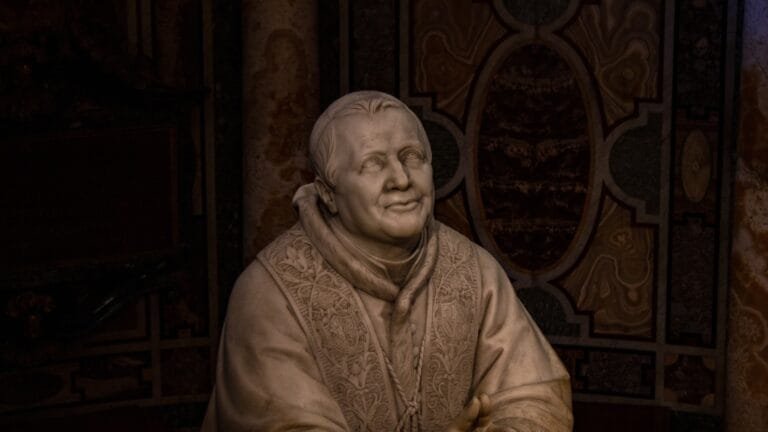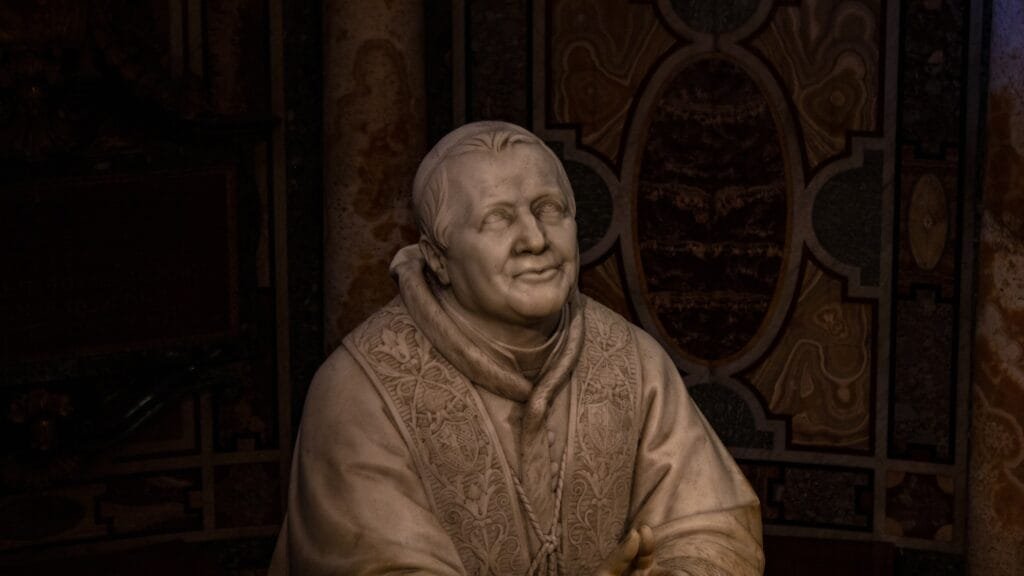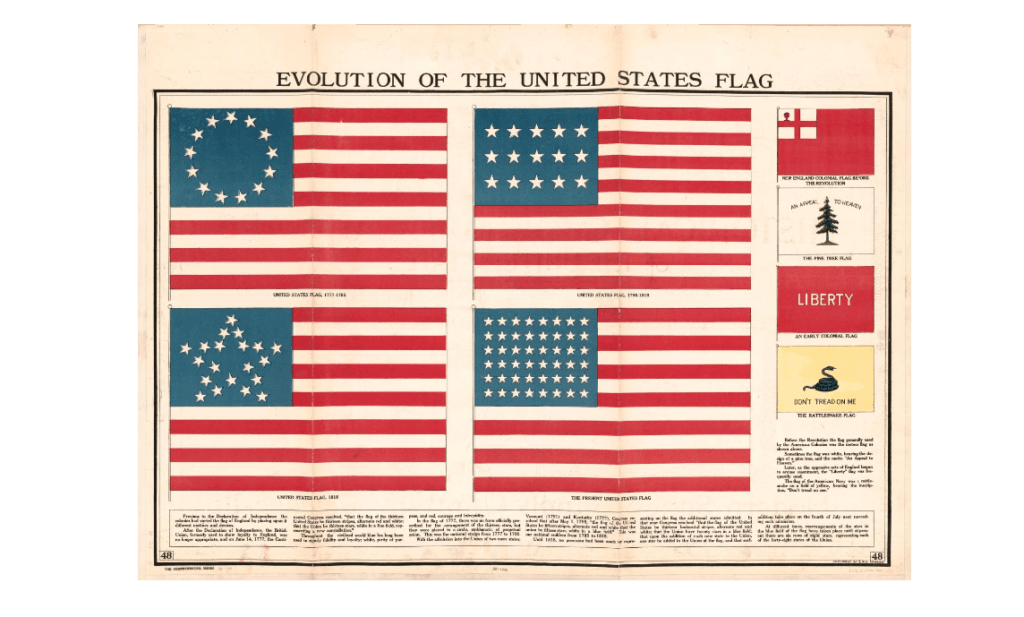Wooden dolls painted in a crimson-red or saffron-yellow sari with a black hair bun are a traditional craft of Bangladesh and an integral part of every rural fair. Along with it are the wooden toys with wheels like the much-featured mustard-yellow horse, a tiger with red stripes, and an elephant tinted black with magenta motifs.
For centuries these have represented our cultural heritage.
According to a notification by the commerce ministry, the government has recently declared traditional crafts as the product of the year 2024. This initiative was taken to highlight the role of women in the making of handicrafts, promote exports, and diversify the nation’s export basket, which is currently dominated by the RMG sector.
Chandra Shekhar Shaha, researcher and current president of National Crafts Council of Bangladesh (NCCB), believes that such initiatives will bring a welcome change in the overall small and cottage industries.
“The government’s decision to support local crafts could not have been timelier. As it is, the handicrafts industry should have received such encouragement earlier because these artisans come from underprivileged backgrounds with not much exposure in marketing either.
“The inclusion of crafts in the government agenda has been a noteworthy achievement, in terms of reviving or diversifying folk art. If appropriate agencies like NGOs, private sector investors, local entrepreneurs and government offices coordinate and work together, then this sector, with so much potential, can finally be another robust export sector,” Shaha says, adding that the poor artisans have no one on their side to fight for their welfare.
Shaha also believes that designers, artists, and art connoisseurs and patrons should come forward to commission our traditional handicrafts. There should be workshops to amp-up their technical know-how and business acumen.
Let’s take the colourful story of shatranji, traditional rugs, from Rangpur district for example. The rugs and throws are mostly geometric in pattern and made from natural dyes. Traditionally, the yarns used have been cotton, jute, and/or wool. But recently the raw materials have also been sourced from the wastes of the RMG sector.
The famous shital pati of Sylhet too is a signature craft of this land. It is a handwoven mat made by weaving together the dyed or raw strips of green cane. The shital pati is used by people all over Bangladesh as a sitting mat, bedspread, or prayer mat. This particular mat is said to feel cool in the hot summers of Bangladesh, hence the name — shital pati.
“These unique crafts should be given a chance in the global market and be given another lease of life. For these marginalised artisans, workshops like that of Joyeeta Foundation’s Karushilpo Ponno Bhittik Proshikhon, which we have organised, should be carried out with due diligence,” he says.
Local crafts may not be everyone’s cup of tea; a very small percentage of people appreciate the ethnic look of our local crafts. You need to have an affinity for traditional folklore to fully appreciate the vivid colours and rustic look of handcrafted items.
Ronjon Sarker, a connoisseur of art, comments, “One can take into consideration, potchitro, the traditional Bangalee scroll painting. Practitioners of this art, potuas, are mostly self-taught artists of our villages who paint from their instincts. The brashness in their paintbrushes narrates the larger-than-life stories of mythical figures and their adventures. It is one of the oldest surviving folk arts in Bangladesh and a skill passed down for generations.
“Terracotta figurines or tepa putul also demand a noteworthy mention. These dolls are made from clay in various shapes and forms from village belles, a mother and her child, a family of dhakis or drummers — the craftspeople let their imagination run wild. However, both these forms have lost their position in our lives, which is plain sad.”
Only last year, rickshaws and rickshaw paintings in Dhaka were listed on the Representative List of the Intangible Cultural Heritage of Humanity by UNESCO. It is without a doubt that the recent initiative by the government will help foster the production of local crafts, many of which are on the verge of extinction.
We should bring to the fore our brass or bell metal handicrafts — figurines of Nataraj, large guardian horses, miniature elephants, dragons — a speciality of Dhamrai.
“Everyday utensils like cooking pots and dining plates with names etched on them are bits and pieces of local heritage that draw you in. Bell metal or kasha utensils were part and parcel of household affairs in yester years. These handicrafts are now crying for a revival,” Ronjon feels.
Farzana Shakil, a celebrated name in the fashion industry, emphasised that local fashion shows should incorporate traditional jewellery as accessories to modern ensembles.
“Rustic jewellery like makri earrings with a crescent moon and star design; noloks worn by young wives; even tabeej or amulet neck pieces are all precious reminders of our fashionable past. These ornaments are crafts by village goldsmiths and their designs are something worth curating,” Shakil says.
Handicrafts mirror a craftsman’s sentiments; their beliefs — folk art is a medium of presenting their inner self and imagination. Their expressions are bold and loud, which may not go well with contemporary aesthetics but each stroke of this colour represents the ethos of the craftsperson in their otherwise monotonous life. The range of Bangladeshi handmade crafts is vast and each product has its own story and unique history to tell.
Although some terracotta crafts, cane, bamboo, jute, and water hyacinth and nakshi kantha products have found their place in the export market, but fine and niche products like bell metal crafts or Shital Pati are losing their way amid changing tastes and the maze of urbanisation.
Concluding on a positive note, Shaha says, “Recently, I have noticed the higher frequency of fairs promoting local crafts. It is of utmost importance to make the domestic consumers aware of our folk products if this industry is to survive.”
For the young and uninitiated, fairs like the Zainul Mela at the Faculty of Fine Arts, University of Dhaka, give a real perspective to understand the value of handmade products. Fairs like this draw a huge crowd of young audiences allowing them to familiarise with the crafts heritage of our country.
As our agrarian lives become more urbanised, it is quite natural that people will move away from the crafts of yesteryears. However, one must not forget that these are the foundations of our existence as a cultural nation. There was a time when local textiles were popular throughout the world. It is now once again time to claim our fame, not only through heritage weaves but also crafts of every other sort.
PHOTO: LIFESTYLE













